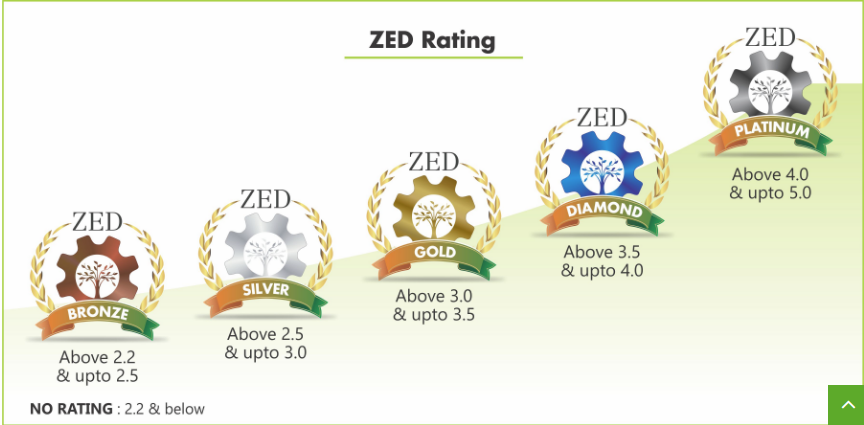7667766266
enquiry@shankarias.in
Whip in Polity
Government Bond
ZED Scheme

Sagar Maitri Mission-2
INS Sagardhwani
Source: PIB, The Indian Express